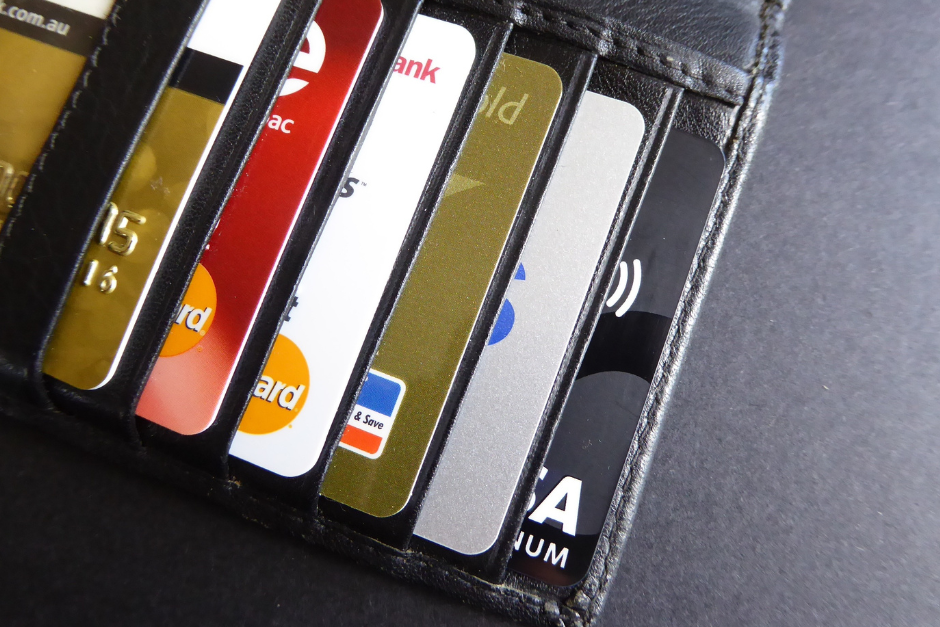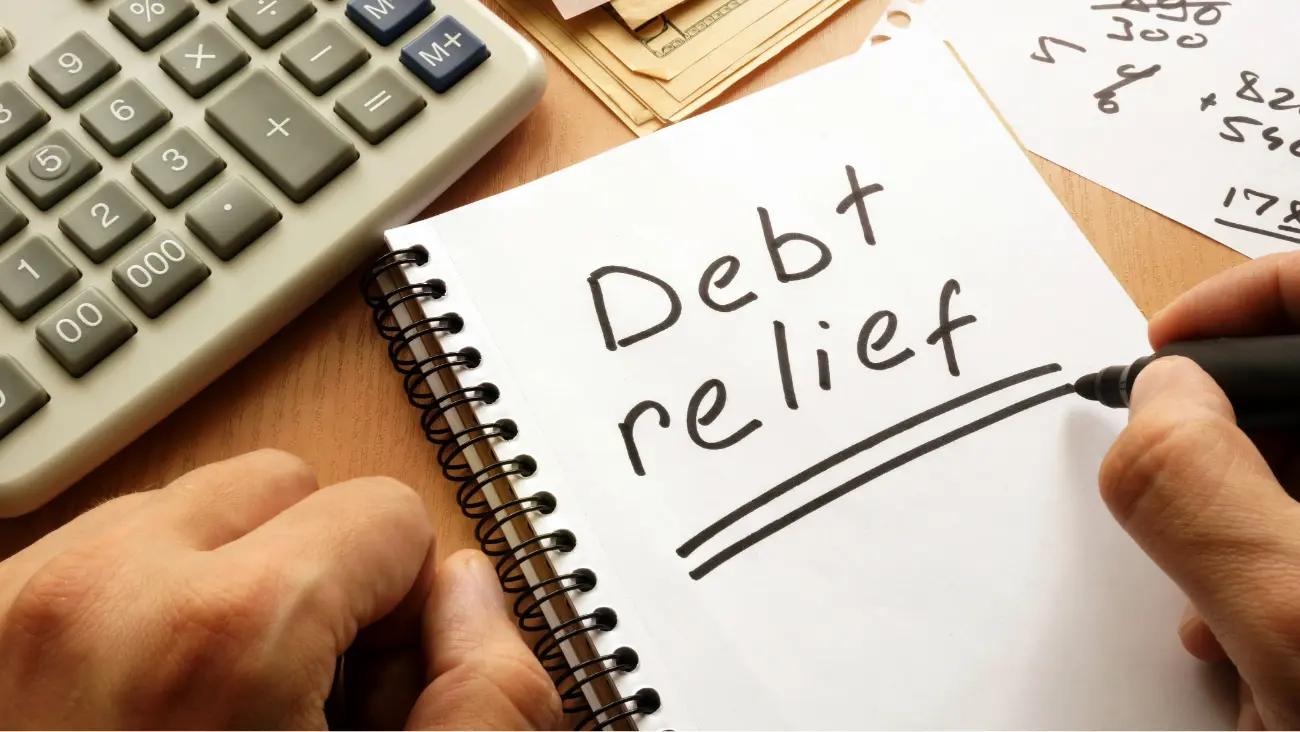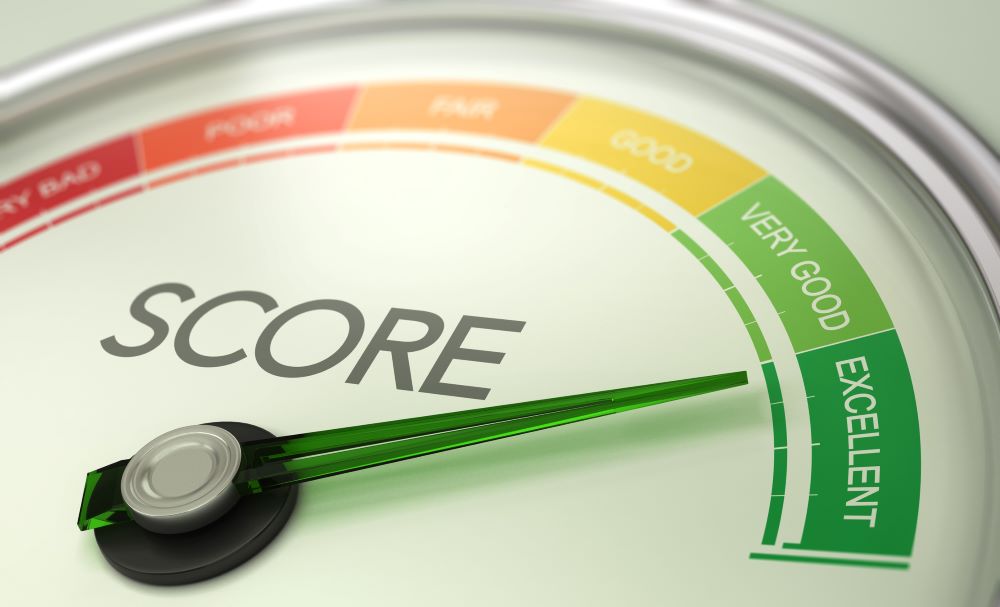Americans are familiar with debt. Around 80% of them are caught in the chains of debt with that debt totaling a record $14.96 trillion, according to the Federal Reserve.
Before we get into the details, debt is owing money to anybody for any reason. If you have debt, then you’re also likely have an agreement on terms of repayment. While that’s simple enough to understand, what makes things more complex is the different types of debt.
Here is more information on the three types of debt – secured debt, unsecured debt and revolving debt.
Secured Debt
Secured debt refers to debt backed or secured by collateral to reduce the overall risk of lending. If the borrower defaults on the loan repayment, the bank seizes the collateral, sells it and then use the proceeds to pay back the debt.
When you use an asset to back a debt or debt instrument, that asset is now considered a form of security. So that’s where the name secured debt comes from.
These loans have collateral backing; they’re considered significantly less risky than unsecured loans or loans with no collateral backing. You also get a better interest rate because the bank’s more confident that you can pay off the loan.
Generally, individuals and companies that have a low credit score can only take on secured debt. As the lenders aren’t confident that the individual can pay back the debt, they typically ask for collateral to secure the loan and reduce the risk significantly.
Even in a personal loan, where there’s no collateral requirement, the borrower can put up some form of security to help ensure that they receive a lower interest rate. When you take a secured loan, lenders can add the record to your credit file. Initially, this might reduce the credit score but, if you make loan payments on time, the long-term effect on your credit score can be positive.
Unsecured Debt
Unsecured debt is a loan that isn’t backed by collateral. If a borrower defaults on the loan, the lender won’t recover the investment because the borrower didn’t put up any form of the asset as security for the loan.
As unsecured loans are considered riskier for the lender, they generally carry a higher interest rate than secured loans. Therefore, while they might be slightly different from one another, secured and unsecured loans can impact credit similarly.
Before approving the loan, the lender checks both the credit score and credit report. Then, after they approve the loan, the lender informs the credit agency that you’re taking on debt. That may initially decrease your credit score, but it can positively impact your credit score if you manage to make the repayments on time.
Revolving Debt
Revolving debt refers to all debt that isn’t a set loan amount for a set period. Instead, it relates to the amount that you owe and the necessary minimum payment. For example, on a credit card or home equity line of credit, the minimum required fee changes depending on how much debt you take on and pay off, like a revolving door.
Credit scores are super sensitive to the credit utilization ratio, which is essentially the amount of revolving credit you’re using relative to your total limit. It is best if you try to maintain a credit utilization ratio of 30%. Anything over can negatively impact your score.
Understanding these three types of debts is essential for developing a good credit score. If you’re not careful, all three forms of debt can negatively impact your credit score. However, if you plan correctly, you can use all three to help positively impact your credit score significantly.











